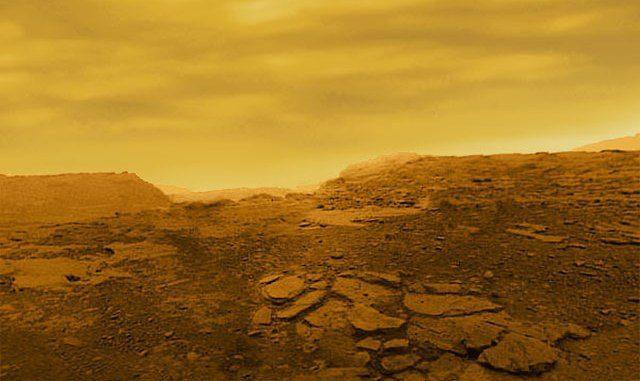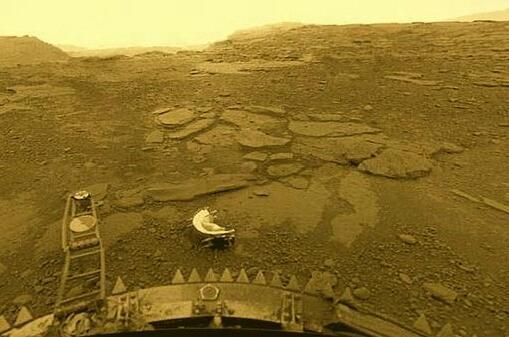“Stunned” Scientists Discover Possible Signs Of Alien Life On Venus
Tyler Durden
Mon, 09/14/2020 – 12:50
Astronomers have discovered potential signs of life on Venus, after identifying a gas called phosphine – a phosphorous molecule with three hydrogen atoms attached produced by bacteria which thrives in oxygen-starved environments, such as Venus’s inhospitable atmosphere. It is notably toxic to humans.

The researchers did not discover actual life forms, but noted that on Earth phosphine is produced by bacteria thriving in oxygen-starved environments. The international scientific team first spotted the phosphine using the James Clerk Maxwell Telescope in Hawaii and confirmed it using the Atacama Large Millimeter/submillimeter Array (ALMA) radio telescope in Chile. –Reuters
“I was very surprised – stunned, in fact,” said lead author of the research, Jane Greaves, of Cardiff University in Wales. The detection of phosphine is considered a “biosignature” – indirect signs of life which scientists have been using probes and telescopes to search for.
“With what we currently know of Venus, the most plausible explanation for phosphine, as fantastical as it might sound, is life,” said MIT molecular astrophysicist and study co-author Clara Sousa-Silva, according to Reuters. That said, Sousa-Silva cautioned against jumping to ‘alien life’ as a primary conclusion.
“I should emphasize that life, as an explanation for our discovery, should be, as always, the last resort,” she said, adding “This is important because, if it is phosphine, and if it is life, it means that we are not alone. It also means that life itself must be very common, and there must be many other inhabited planets throughout our galaxy.”
Phosphine was seen at 20 parts-per-billion in the Venusian atmosphere, a trace concentration. Greaves said the researchers examined potential non-biological sources such as volcanism, meteorites, lightning and various types of chemical reactions, but none appeared viable. The research continues to either confirm the presence of life or find an alternative explanation.
Venus is Earth’s closest planetary neighbor. Similar in structure but slightly smaller than Earth, it is the second planet from the sun. Earth is the third. Venus is wrapped in a thick, toxic atmosphere that traps in heat. Surface temperatures reach a scorching 880 degrees Fahrenheit (471 degrees Celsius), hot enough to melt lead. –Reuters
“I can only speculate on what life might survive on Venus, if indeed it is there. No life would be able to survive on the surface of Venus, because it is completely inhospitable, even for biochemistries completely different from ours,” said Sousa-Silva. “But a long time ago, Venus could have had life on its surface, before a runaway greenhouse effect left the majority of the planet completely uninhabitable.”
The clouds of Venus – which are approximately 90% sulphuric acid and could not harbor microbes from Earth, could theoretically support microbes that thrive on, or at least endure, extreme acidity – as temperatures hover at around 86 degrees Fahrenheit.
“If it’s microorganisms, they would have access to some sunlight and water, and maybe live in liquid droplets to stop themselves dehydrating, but they would need some unknown mechanism to protect against corrosion by acid,” said Greaves.
“We have done our very best to explain this discovery without the need for a biological process. With our current knowledge of phosphine, and Venus, and geochemistry, we cannot explain the presence of phosphine in the clouds of Venus. That doesn’t mean it is life. It just means that some exotic process is producing phosphine, and our understanding of Venus needs work,” said Sousa-Silva.
That said, the report also notes that Venus should be hostile to phosphine – as its atmosphere would rapidly react with and destroy it.
“Something must be creating the phosphine on Venus as fast as it is being destroyed,” said co-author Anita Richards, an astrophysicist associated with the University of Manchester in England.
“Fortunately, Venus is right next door,” said Sousa-Silva. “So we can literally go and check.”
